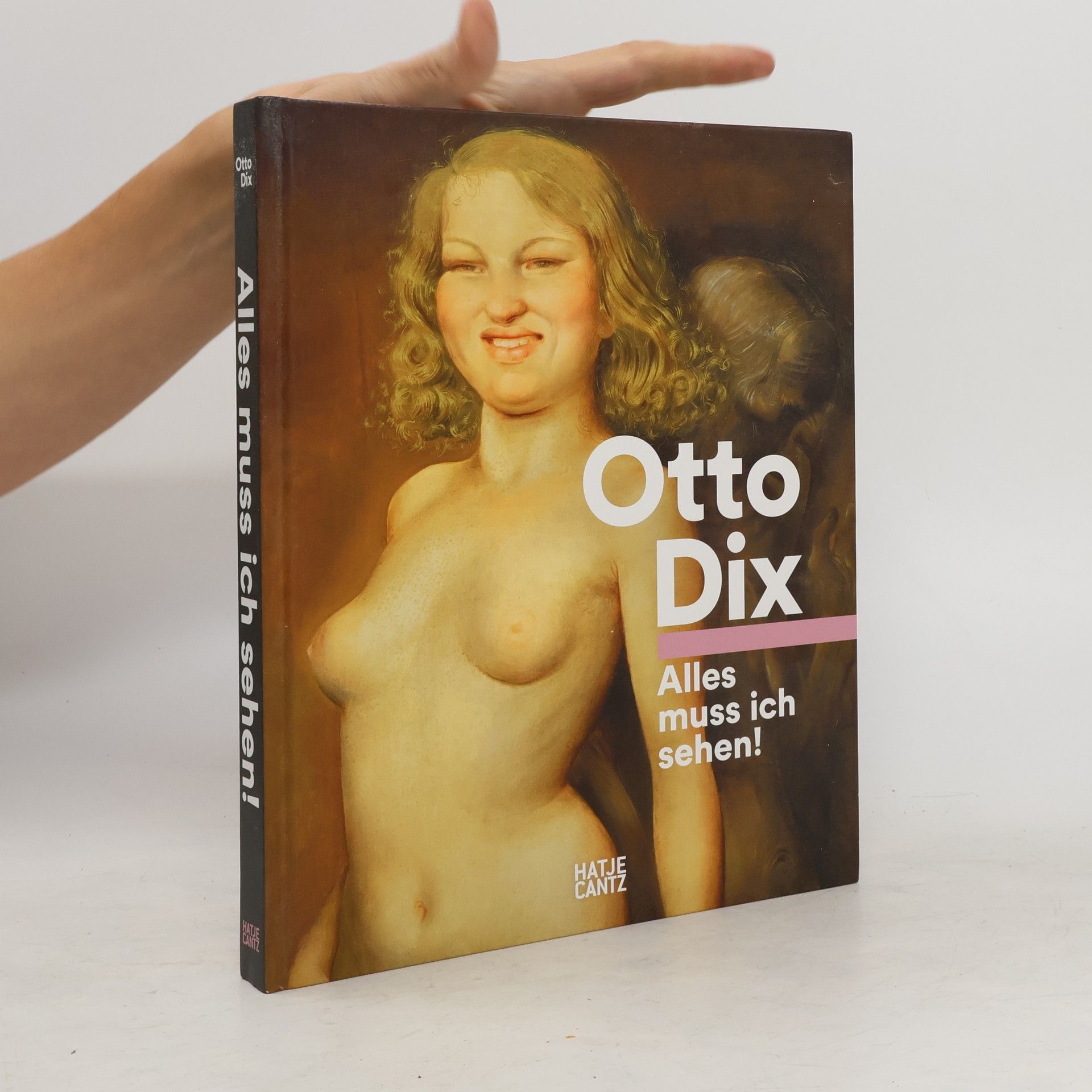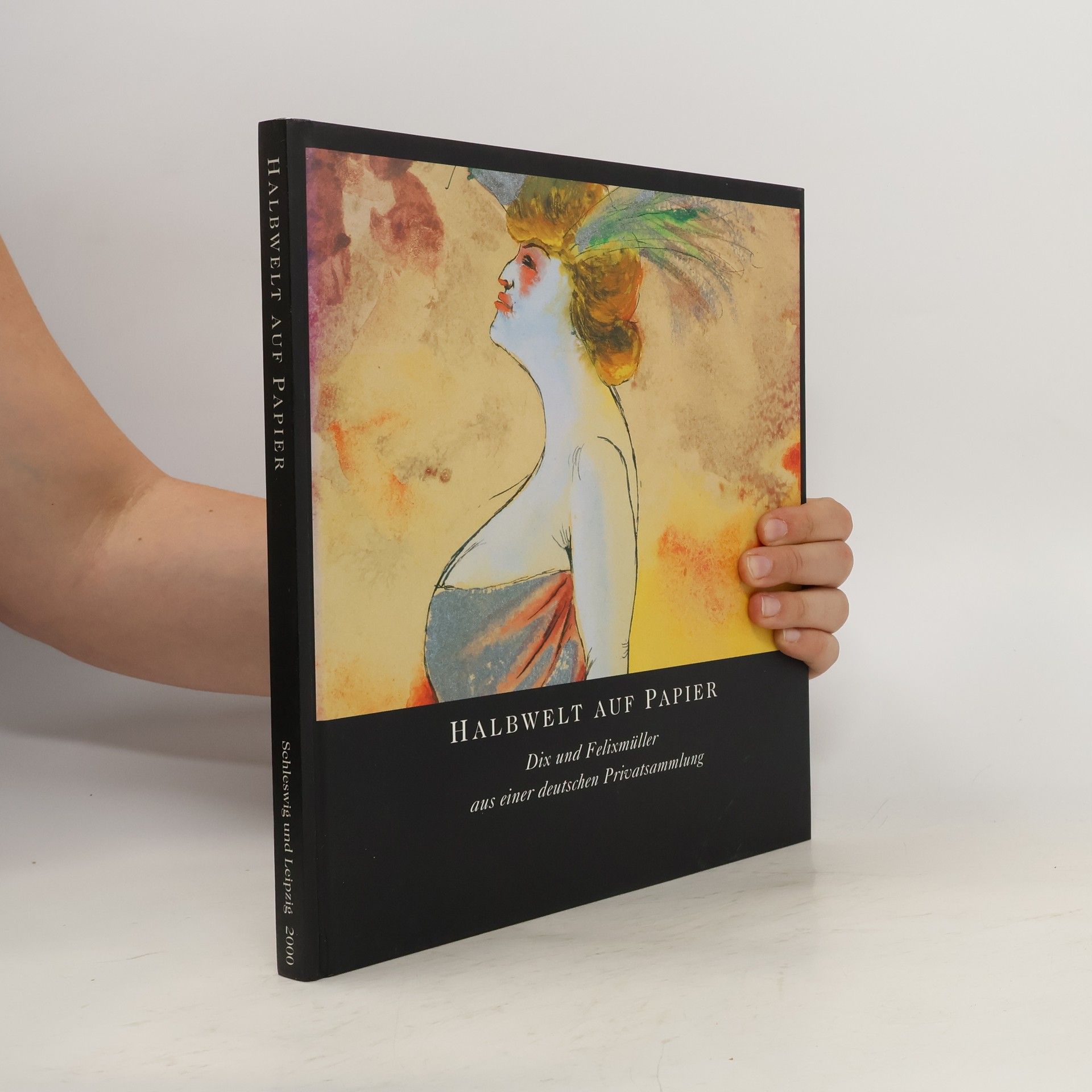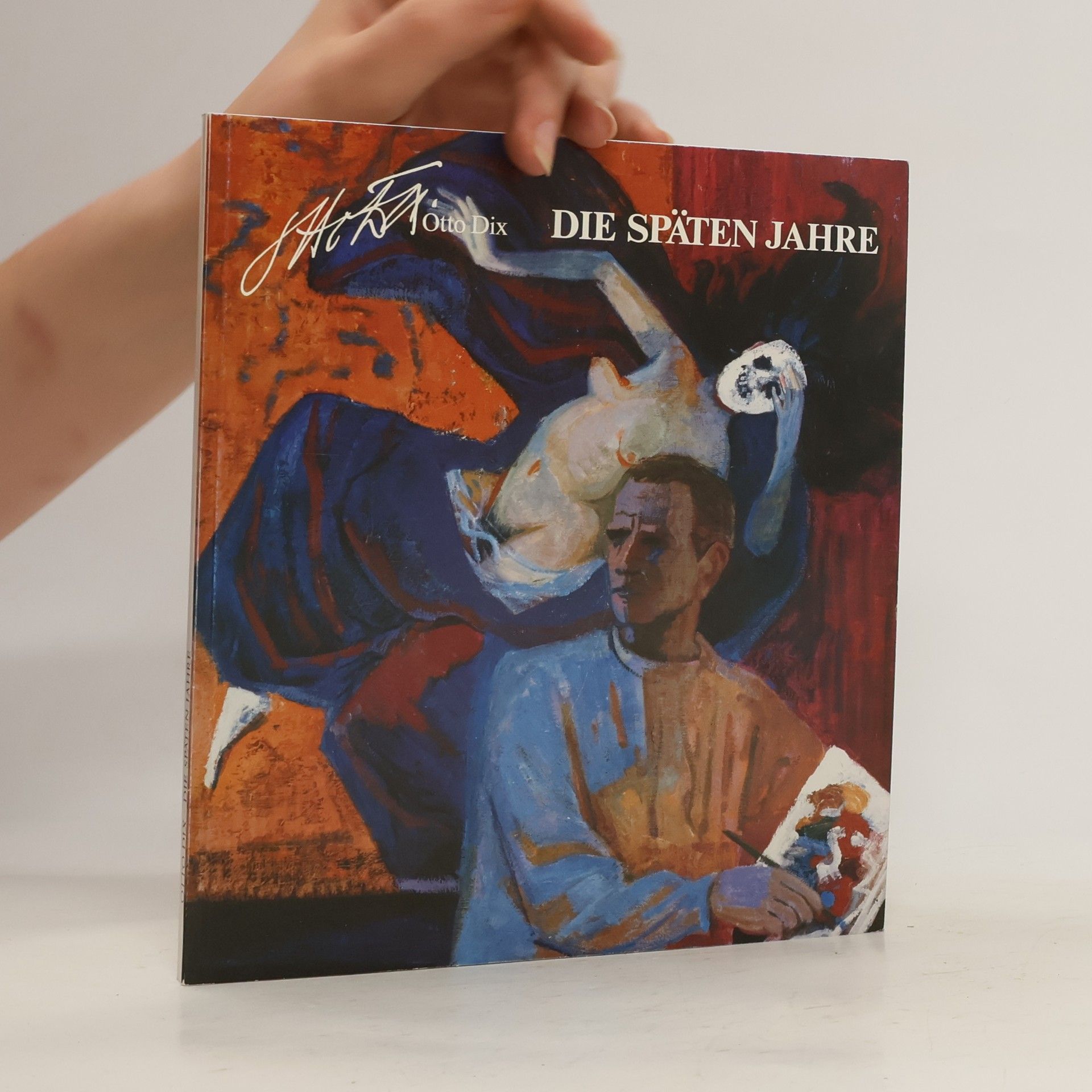Der Ausstellungskatalog Otto Dix. Alles muss ich sehen! zum 125. Geburtstag des Künstlers stellt die thematische Kontinuität seines Œuvres in den Mittelpunkt und veranschaulicht, wie sich seine Sujets durch alle Schaffensperioden ziehen: Akte, Porträts, religiöse Themen, Kriegsdarstellungen sowie Stadt- und Landschaftsbilder. In Dix' Werken, für die ihm allein die Wirklichkeit als Maßstab diente, verbinden sich die Themen Geburt, Tod, Lust und Leid zu einer vielschichtigen Einheit. Auch das Leben des Malers war von Extremsituationen geprägt, von den Schrecken des ersten Weltkriegs über die Diffamierung als ‚entarteter‘ Künstler durch die Nationalsozialisten bis zum Leben in Ost- und Westdeutschland, zwei auch künstlerisch völlig verschiedenen Welten. Neben Arbeiten, die unser kollektives Bildgedächtnis geprägt haben, zeigt der Ausstellungskatalog zahlreiche unbekannte Arbeiten, die einen neuen Blick auf den Künstler eröffnen. Ausstellung: 2.12.2016-17.4.2017, Zeppelin Museum Friedrichshafen
Otto Dix Book order
Otto Dix, a German painter and printmaker, is renowned for his ruthlessly realistic and unsparing depictions of Weimar society and the brutality of war. Alongside George Grosz, he is widely considered one of the most significant artists of the Neue Sachlichkeit movement. His work unflinchingly confronts the darker aspects of human existence and societal conditions. Dix's style is characterized by its raw honesty and his ability to delve into the depths of the human psyche.
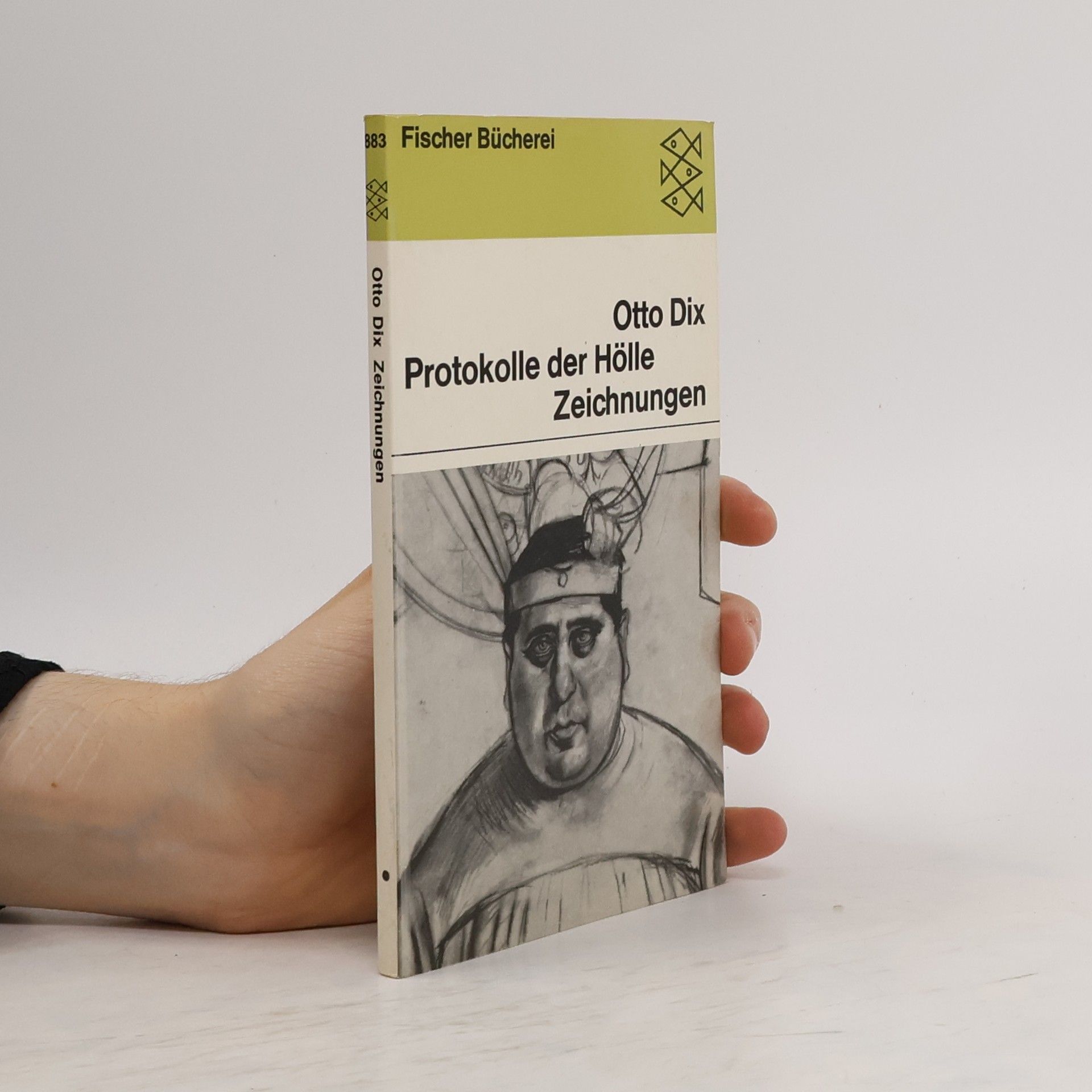
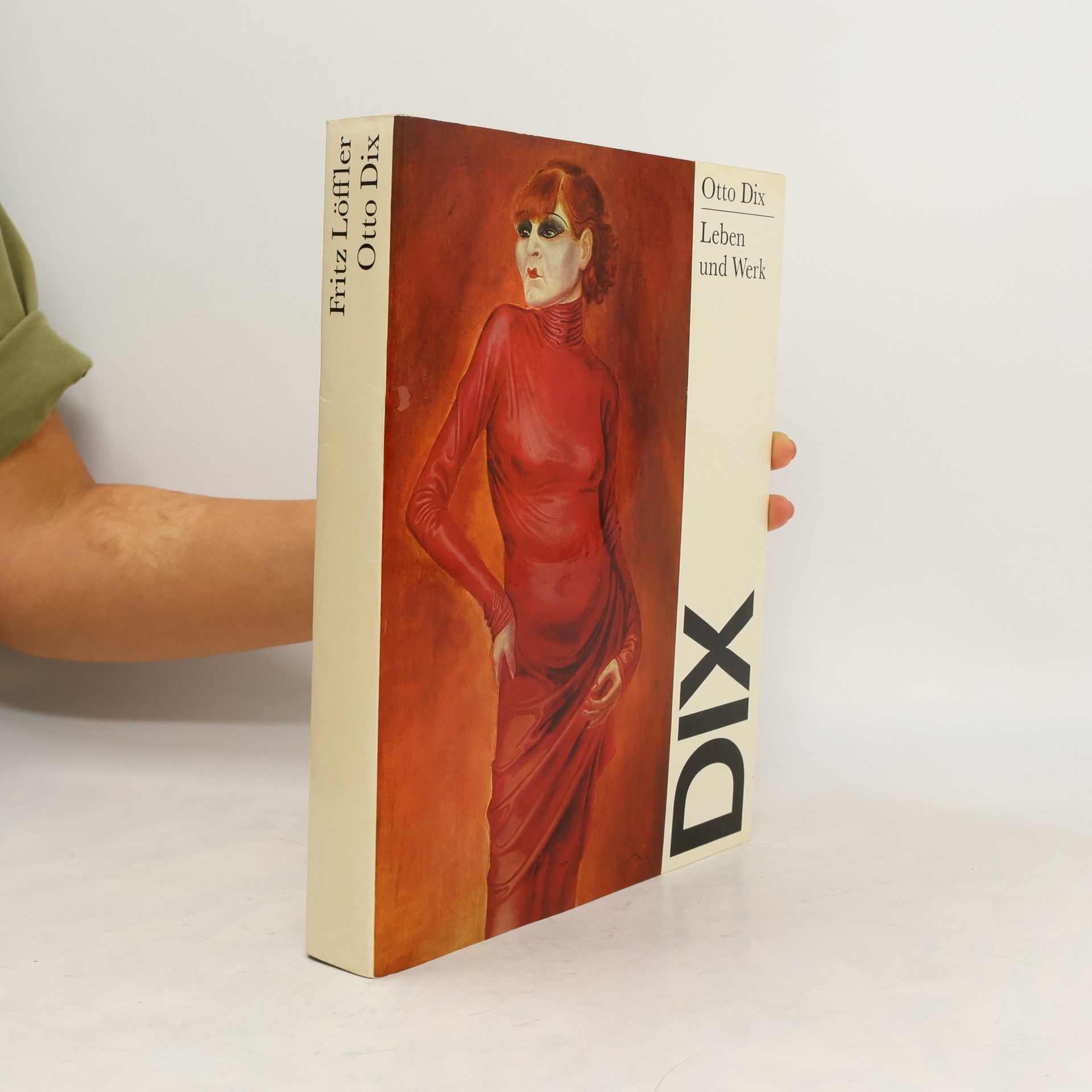
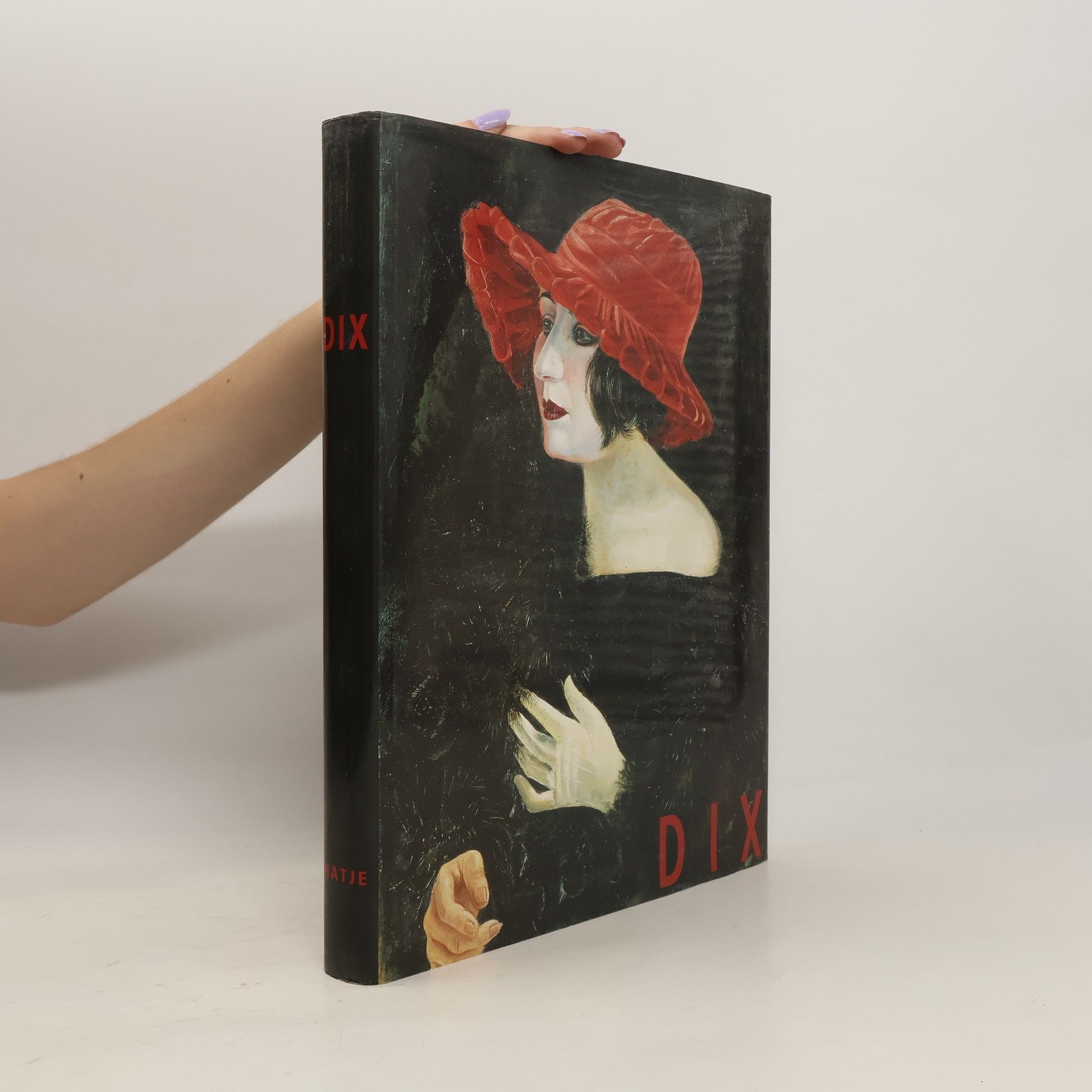



- 2016
- 2003
- 2002
Otto Dix
- 216 pages
- 8 hours of reading
In the 1920s, Otto Dix was the artist of Neue Sachlichkeit, the New Objectivity, par excellence. Painting in a very realistic, almost photographic style, he chose as subjects the poverty, violence, death, and war that he experienced as a soldier in World War I. He staged the world as a play, a grotesque farce based on the classical canon of beauty.
- 2000
Halbwelt auf Papier
- 159 pages
- 6 hours of reading
- 1988
Otto Dix, 1891-1969 : his life and works
- 160 pages
- 6 hours of reading
It is my wish to come very close, strikingly close, to the times in which we live, without submitting to artistic dogma...I need the connection to the world of senses, the courage to portray ugliness, life as it comes.In the twentieths, Otto Dix was the artist of Neue Sachlichkeit, the New Objectivity, par excellence. Painting in a very realistic, almost photographic style, he chose as subjects the poverty, violence, death, and war that he experienced as a soldier in World War I. After this terrible experience, he painted the famous triptych The War. Dix staged the world as a play, a grotesque farce. But the form he chose to do so was based on the classical canon of beauty. Dix lived his life and served art, for he adhered to the age-old rule that the American painter Ad Reinhardt put in a nutshell: Life is life, and art is art.
- 1987
- 1986
- 1983
- 1982
Dix
- 351 pages
- 13 hours of reading
